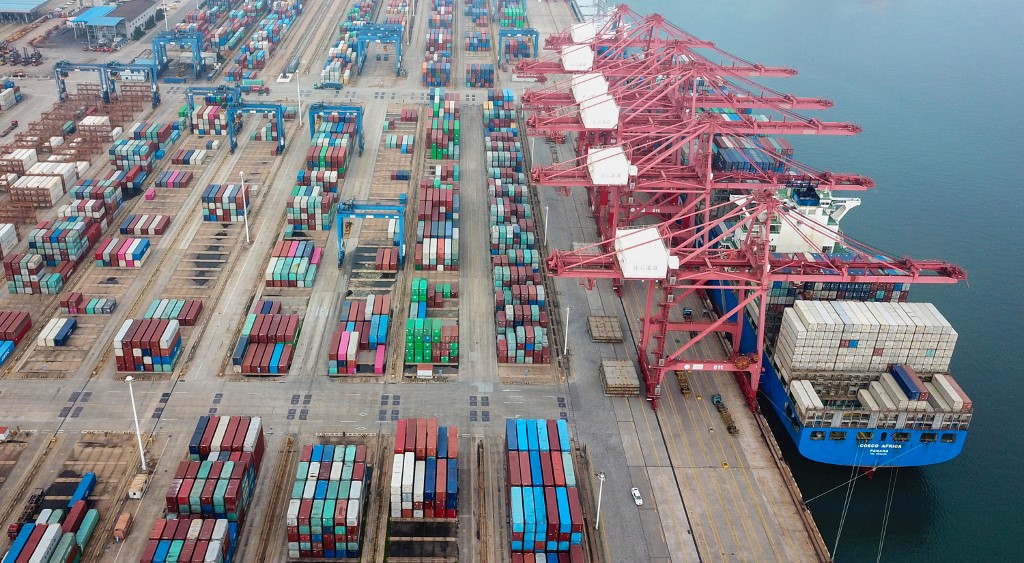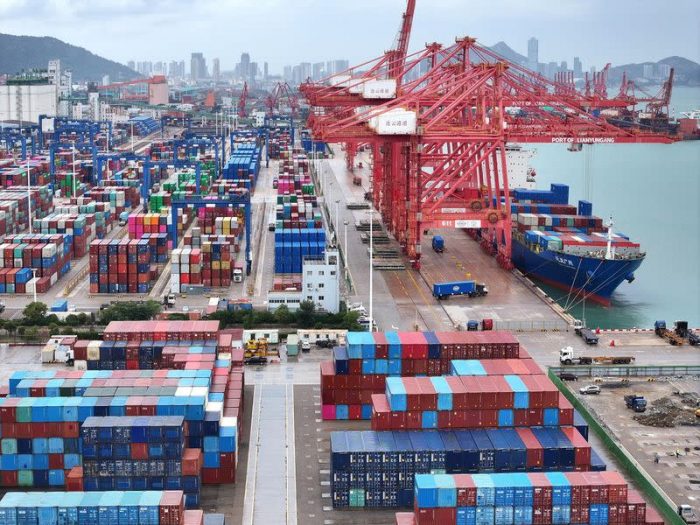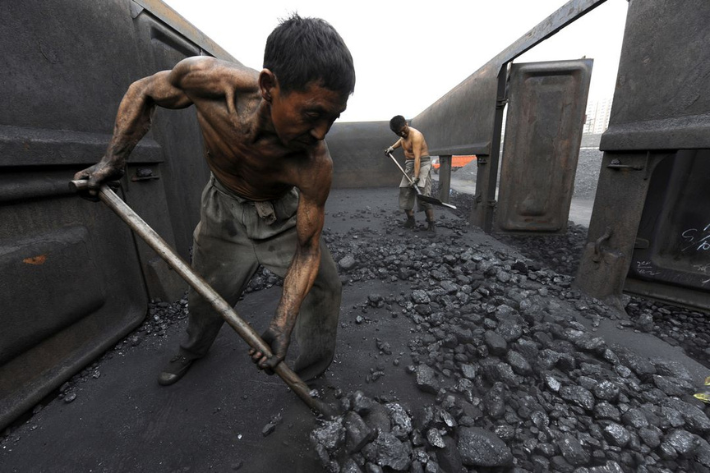China’s economic slowdown will be a “significant negative shock” to Latin American countries, notably Brazil and Chile, as well as African countries such as South Africa and Ethiopia, Germany, oil-producing countries and all Asia-Pacific countries except India, says French financial services firm Natixis.
“It is reasonable to expect China’s growth to slow markedly due to a number of factors that all point in the same direction – population ageing and consumer caution, weak corporate investment and now weak construction investment, high debt ratio,” Patrick Artus, chief economist of Natixis, said last week.
Artus expects the shrinking of China’s workforce to reduce China’s potential growth to 2% to 2.5%. Consumption is expected to be sluggish, companies have reduced their investment due to high debt ratios and political risks, and China’s crackdown on the property sector will weaken investment in construction, he noted.
Natixis analyzed 29 major economies across various continents and looked at their share of exports to China in GDP and the sensitivity of these exports to China’s growth.
‘Ugly numbers’: All Is Not Well With China’s Economy from AsiaFinancial on Vimeo.
Ranking by weight of exports to China, many Asia-Pacific countries and regions top the list, such as Taiwan, Singapore, Vietnam, Malaysia, South Korea, Australia, and Thailand. Chile and Brazil in Latin America, and oil-producing Saudi Arabia are also among the top ten on the list, with exports to China accounting for 7.9%, 6% and 3.3% of their GDP, respectively.
Russia’s share of exports to China of GDP is 3.3% and Germany’s is 2.8%, according to Natixis’ research.
In terms of the elasticity, or sensitivity, of exports to China to Chinese imports, Africa, Taiwan, India, Saudi Arabia, and Brazil were found to be most sensitive to China’s growth, and they are followed by South Africa, Singapore, Mexico, and Philippines.
China’s economy grew just 4.9% year-on-year in the third quarter, the weakest rate of expansion in a year, according to data released by China’s national statistics bureau Monday.
The growth was much slower than the 7.9% year-on-year increase in Q2, suggesting that China’s economy is hurting from a slew of challenges including supply chain disruptions, deepening debt woes in the property sector, and a major energy crunch.
• By Iris Hong.
ALSO SEE:
China May Keep Property Curbs Amid Slowdown, Soften Tactics
Brazil criticism of Beijing may have slowed vaccine supply






















